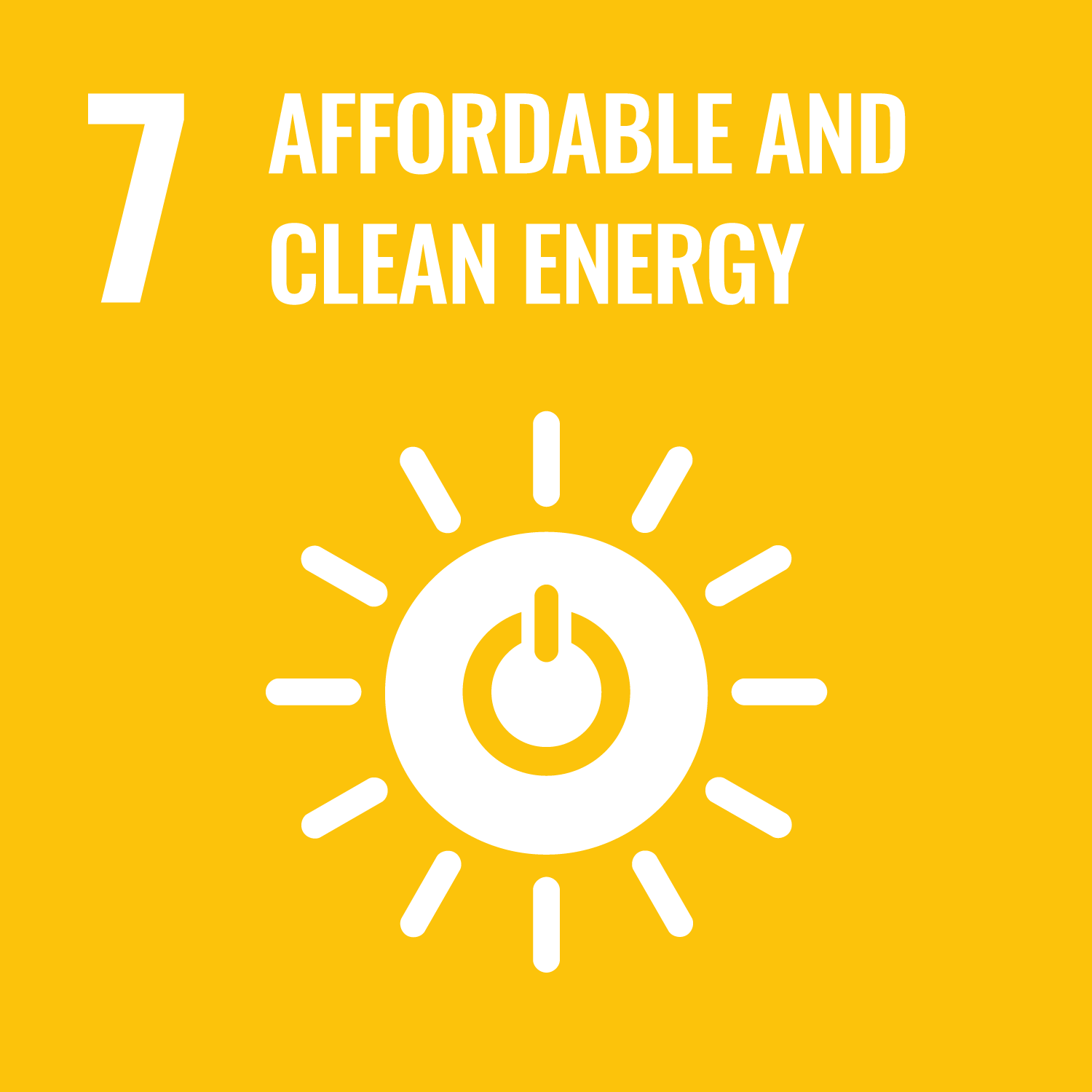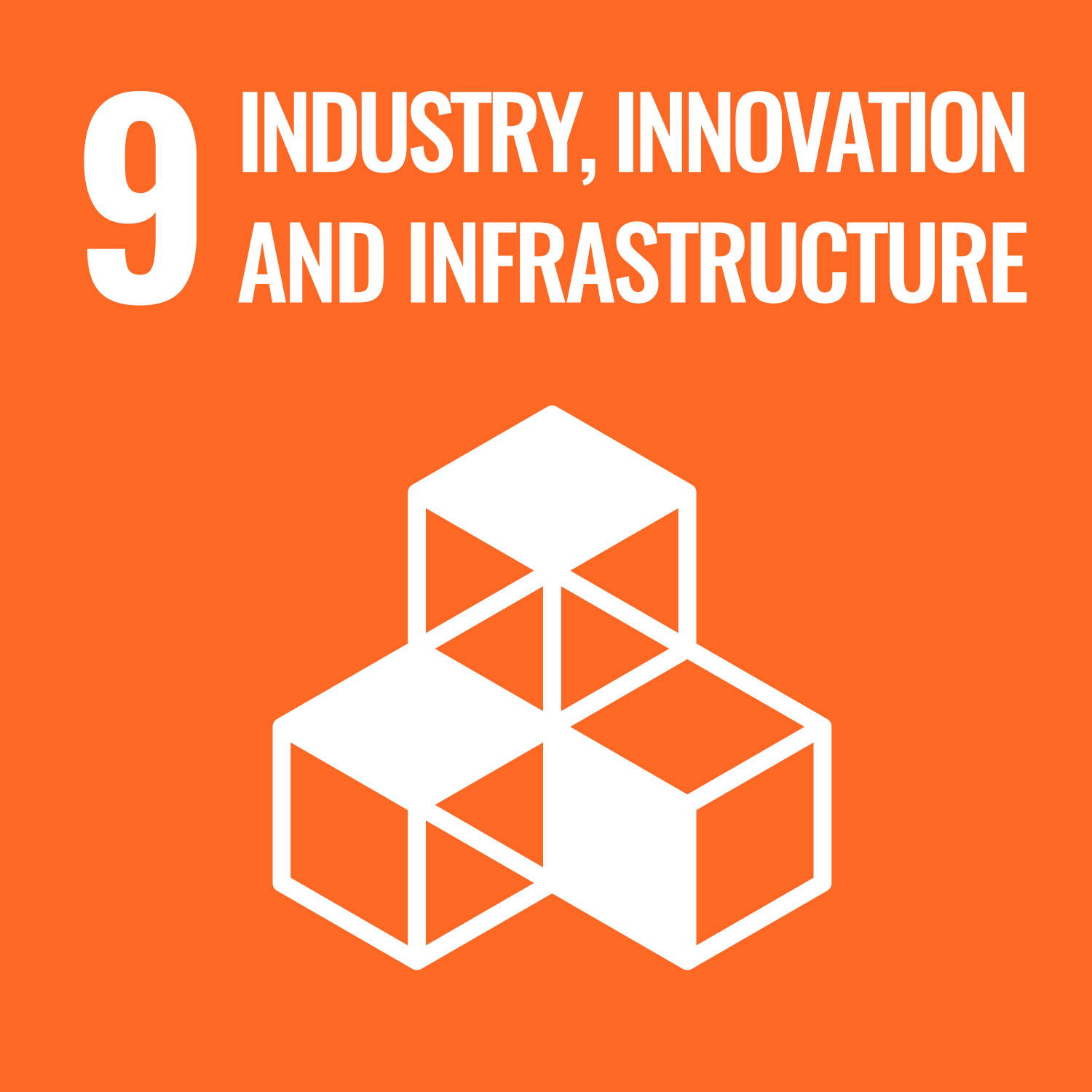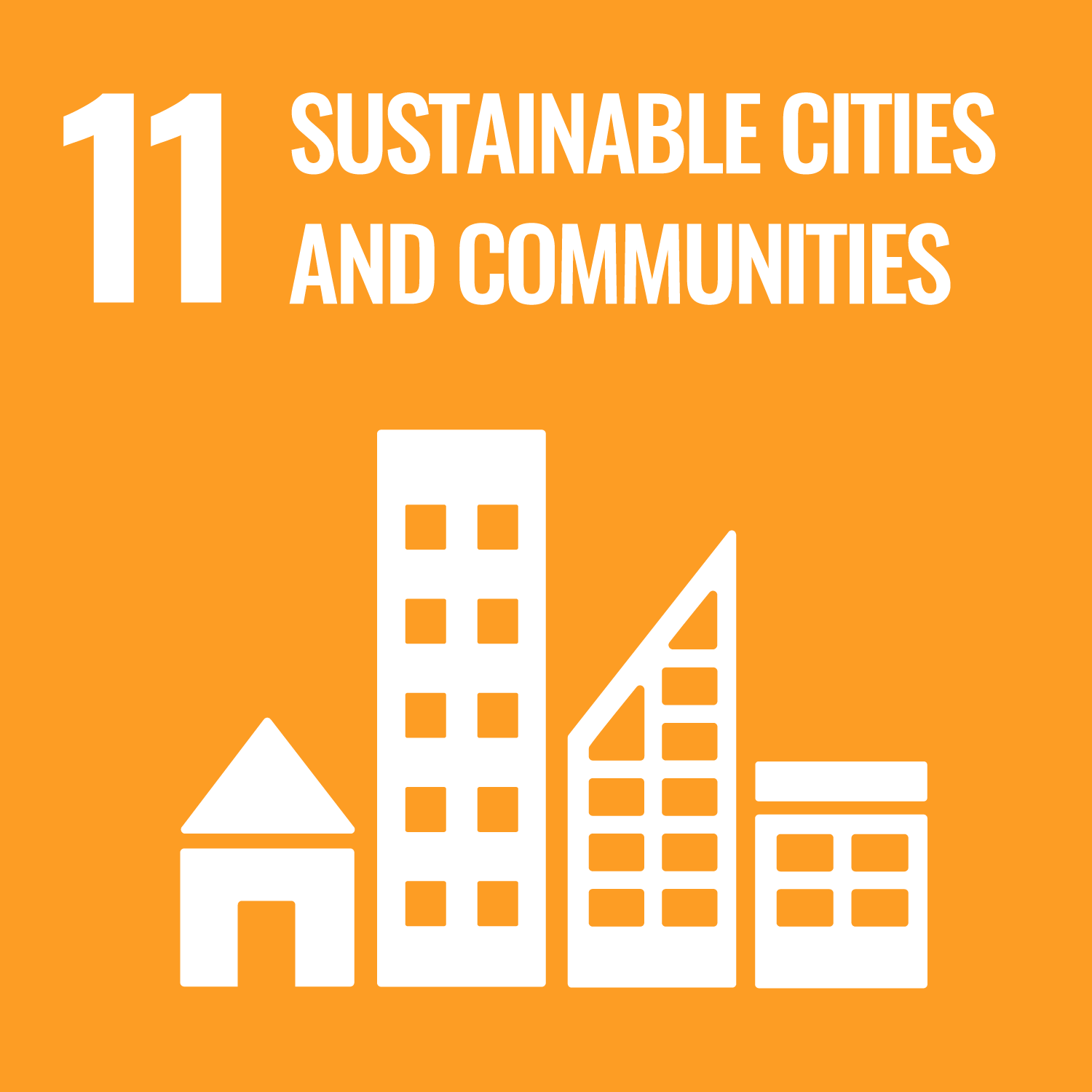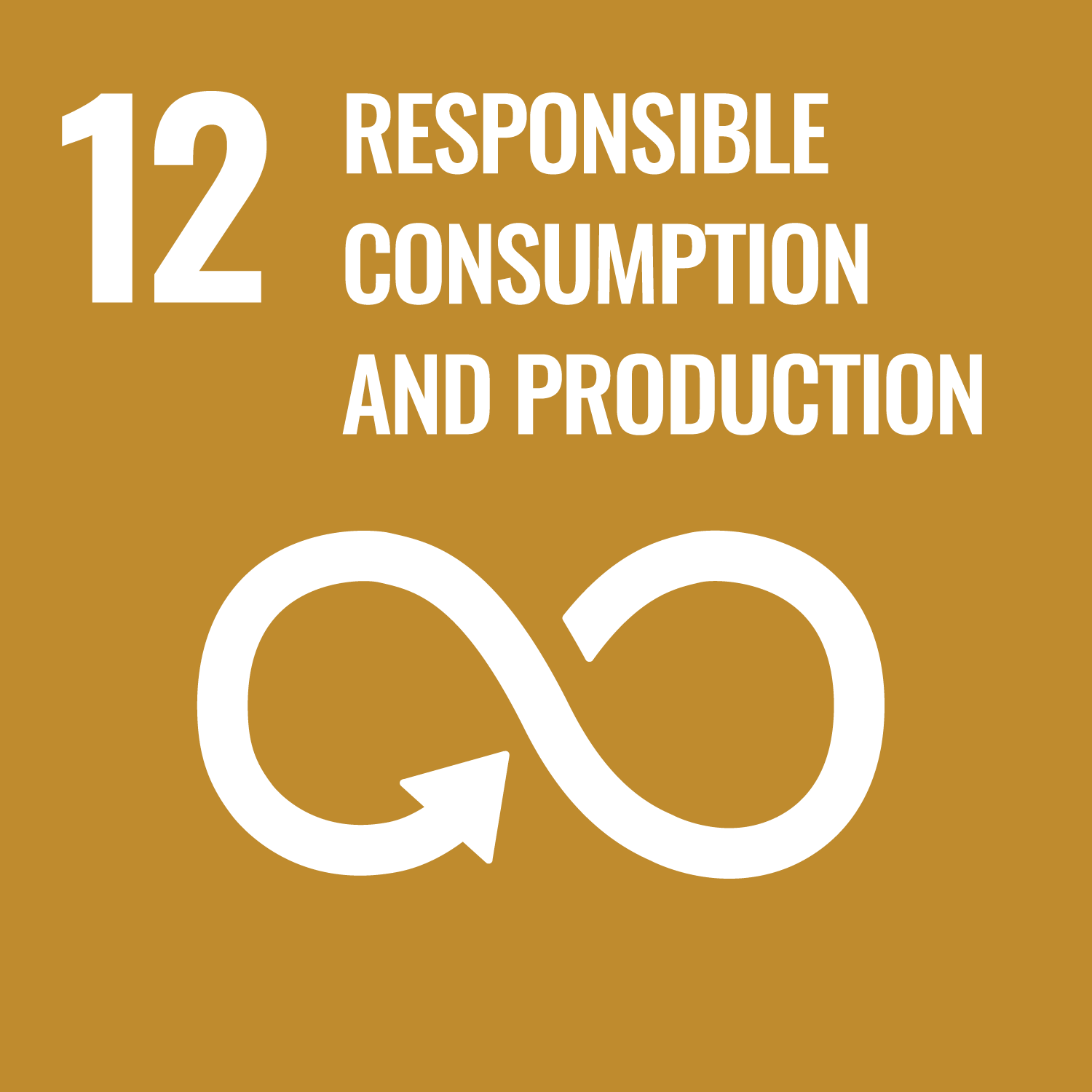LCS-FY2022-PP-04
Secondary Battery System (Vol. 10):
Investigation of Supply Capacity of Stationary Storage Batteries and Cost Evaluation of Lead-Acid Batteries
Summary
By 2030 and 2050, a large amount of renewable energy power generation will be introduced, and at the same time, a large amount of storage batteries will also be introduced to stabilize this power.
In addition, with the shift to electric vehicles (EVs), a large amount of storage batteries for EVs will be introduced. In this study, we analyzed the future supply capacity of stationary storage batteries and evaluated the cost of lead-acid batteries using the quantification platform and cost engineering method of LCS (the Center for Low Carbon Society Strategy, Japan Science and Technology Agency).
Lithium-ion batteries (LIB) that use LiNi0.85Co0.12Al0.03O2 (NCA) as a positive-electrode active material (which has a high energy density and is optimal for EVs) will run out of raw material Co and Ni resources by around 2030. It is therefore necessary to switch to new Co and Ni-free LIBs with high energy density (453 Wh/kg) that use Li1.2Ti0.4Mn0.4O2 or Li2Mn1/2Ti1/2O2F as positive-electrode active materials. On the other hand, for stationary renewable energy, the introduction of a lead-acid battery with a low system cost of 13 yen/Wh and low CO2 emissions of 8 g/Wh, which are 1/4 of those of LIBs, has been suggested by LCS. Lead is the raw material for lead-acid batteries, and it was found that by increasing the global lead production recycling rate from the current 60% to 90%, lead-acid batteries can supply 8 TWh, 75% of the 12 TWh total storage battery capacity corresponding to Japan’s electricity demand of 3,500 Wh in 2050, and that the 117 TWh required for the whole world can be supplied by lead-acid batteries.
This proposal promotes the introduction and utilization of low-cost, low-CO2-emission lead-acid storage batteries that enable sustainable resource recycling as stationary storage batteries for renewable energy. There is also a need for alternative cost-competitive storage battery systems – for example, the research and development of low-cost iron phosphate-based positive-electrode active material lithium-ion batteries that are lagging behind Chinese and Korean manufacturers. Immediate support from the government is desired for the development of the storage battery industry and market creation. Information demonstrating the application of the performance and specifications of lead-acid batteries obtained in this study to power generation mix models and their predominance in terms of cost-performance when compared to hydrogen and pumped storage power generation will also be added.
All Pages
Related Proposal Papers
- Impact of Progress of Information Society on Energy Consumption (Vol. 4): Feasibility Study of Technologies for Decreasing Energy Consumption of Data Centers
- Industrial Structure in 2030 and 2050 towards Zero Carbon Society
- Proposal of analytical method by Platform of Low Carbon Technologies for Process Design and Evaluation of Manufacturing Cost and CO2 Emissions: Deployment to Design Type Tools
- Economic and Technological Evaluation for Zero Carbon Electric Power System Considering System Stability (Vol. 3): Evaluation of Government Plan “Outlook for Energy Supply and Demand in 2030” and Issues to Achieve Zero-carbon Power Supply in 2050
- Secondary Battery System (Vol. 4): Structure Analysis and Cost Evaluation of a Redox Flow Battery System
- Secondary Battery System (Vol. 9): Cost Evaluation of a Lithium-ion Battery Using Next-Generation Electrode Active Material





